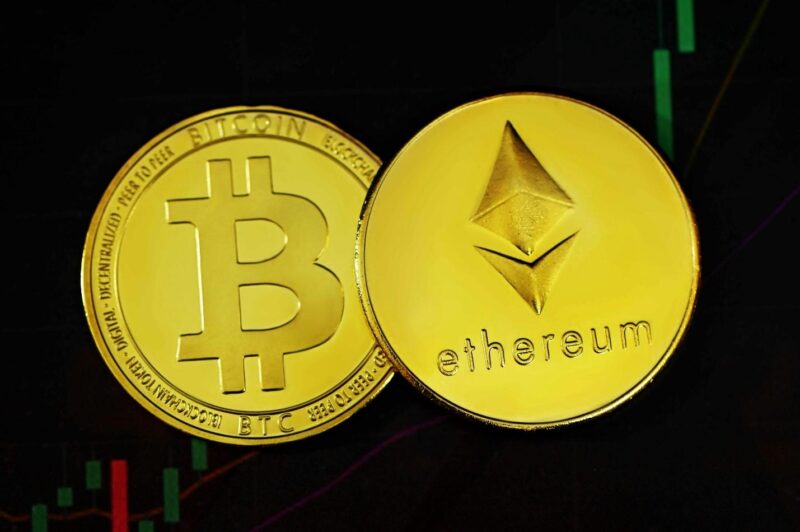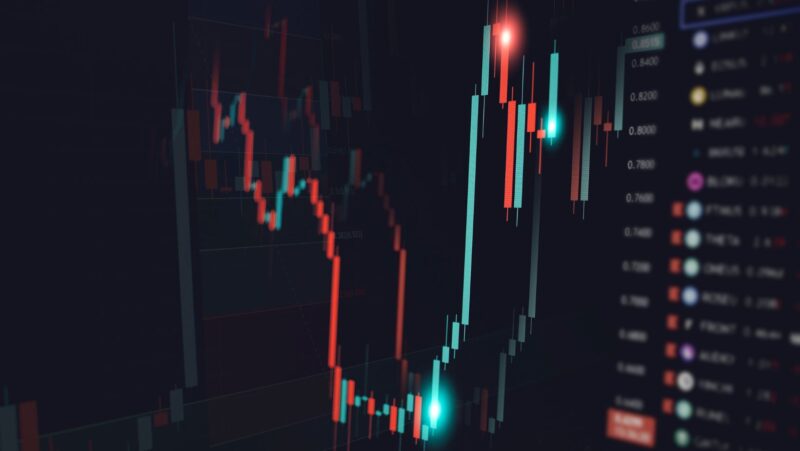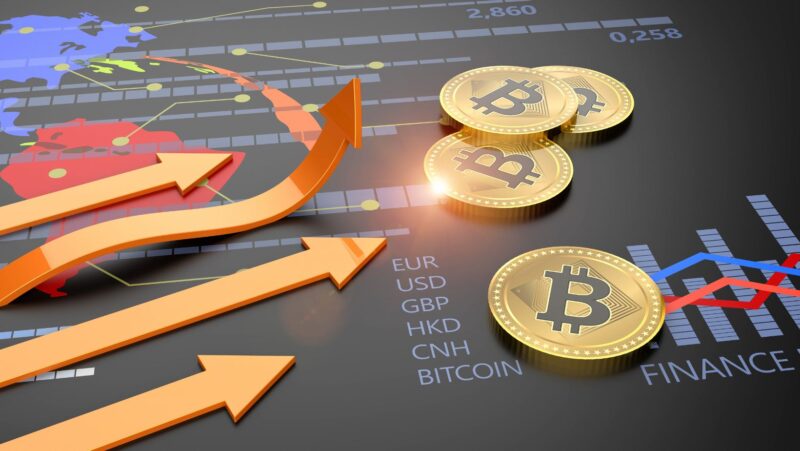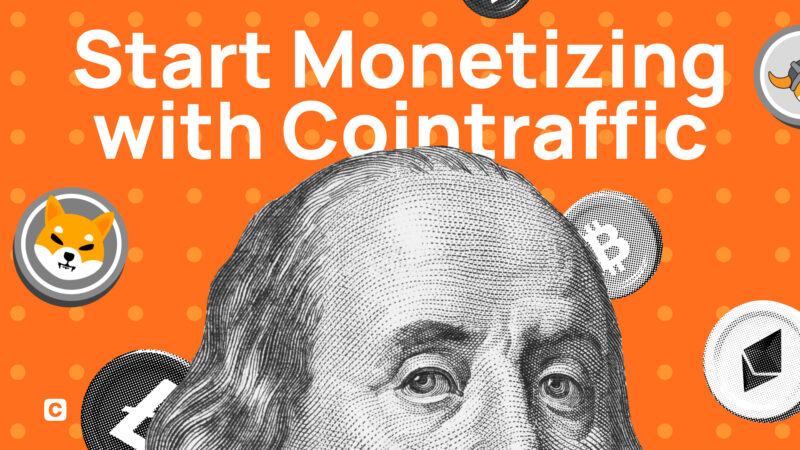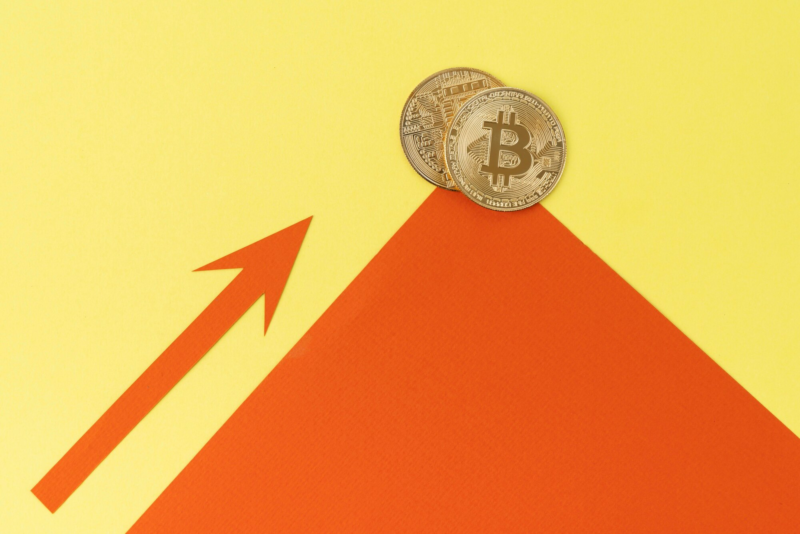
Cryptocurrency investing has become one of the most dynamic and high-risk areas of modern finance. What makes crypto markets so unpredictable isn’t just technology or economics—it’s largely driven by human psychology – just like the betting market on platforms like GAMELAND. The combination of market volatility and the allure of hype can profoundly influence investor behavior. To make more informed decisions, it’s crucial to understand the psychological forces that drive crypto investments.
Fear of Missing Out (FOMO) and Herd Mentality
One of the most pervasive psychological triggers in the crypto world is the “Fear of Missing Out” (FOMO). Investors often feel compelled to jump into a rising asset to avoid missing potential profits. This behavior is fueled by media hype, social networks, and the dramatic gains seen by early adopters of cryptocurrencies like Bitcoin and Ethereum.
FOMO can lead to a herd mentality, where people follow the crowd without fully understanding the underlying technology or the risks involved. The tendency to mimic the actions of others can cause large groups of investors to enter or exit the market at the same time, amplifying price swings and market volatility. This herd behavior often leads to price bubbles, which eventually burst, leaving many investors with significant losses.
Confirmation Bias and Overconfidence
Crypto investors, like any other investors, tend to seek out information that confirms their existing beliefs—a psychological phenomenon known as confirmation bias. In the context of crypto, this often means focusing on positive news about a particular coin or project while ignoring red flags or warning signs. Confirmation bias can lead to unrealistic expectations and may cause investors to overlook important risks, such as regulatory crackdowns or technological limitations.
Closely related to confirmation bias is overconfidence. Crypto investors, particularly those who have experienced short-term success, often believe they have a superior understanding of the market or that they can predict future price movements. This overconfidence can lead to risky trading strategies, such as leveraging or “buying the dip” in a volatile market. When combined with the inherent unpredictability of crypto markets, overconfidence can result in significant financial losses.
The Role of Media and Social Networks
The crypto market is heavily influenced by media narratives, social media trends, and celebrity endorsements. Unlike traditional financial markets, where news is typically vetted by experts, the crypto space is filled with speculation, rumors, and hype. Platforms like Twitter, Reddit, and YouTube have become breeding grounds for hype-driven market behavior.

Social networks can rapidly amplify trends, creating a feedback loop that drives up prices. Influencers and media outlets play a major role in spreading excitement about new tokens or projects. When prominent figures endorse a cryptocurrency, the prices often surge, regardless of the asset’s underlying value. This phenomenon can distort market perceptions and push investors to make decisions based on emotion rather than logic.
Fear, Uncertainty, and Doubt (FUD)
While hype can drive prices up, the opposite psychological force—Fear, Uncertainty, and Doubt (FUD)—can send them plummeting. FUD is a tactic often used to spread negative information about a project or the crypto market as a whole. Whether it’s news of a potential regulation, a security breach, or skepticism from prominent figures, FUD can create panic, prompting investors to sell off their holdings en masse.

This widespread panic selling can exacerbate market volatility, especially in the relatively illiquid and nascent crypto space. Many investors, particularly those new to the market, maybe more prone to react emotionally rather than sticking to a long-term strategy. The result is a rollercoaster of price fluctuations that seem detached from the actual value of the asset.
In conclusion, understanding the psychology behind crypto investing is just as important as understanding the technology or market trends. By recognizing the emotional factors that drive market volatility and hype, investors can make more informed and balanced decisions.






